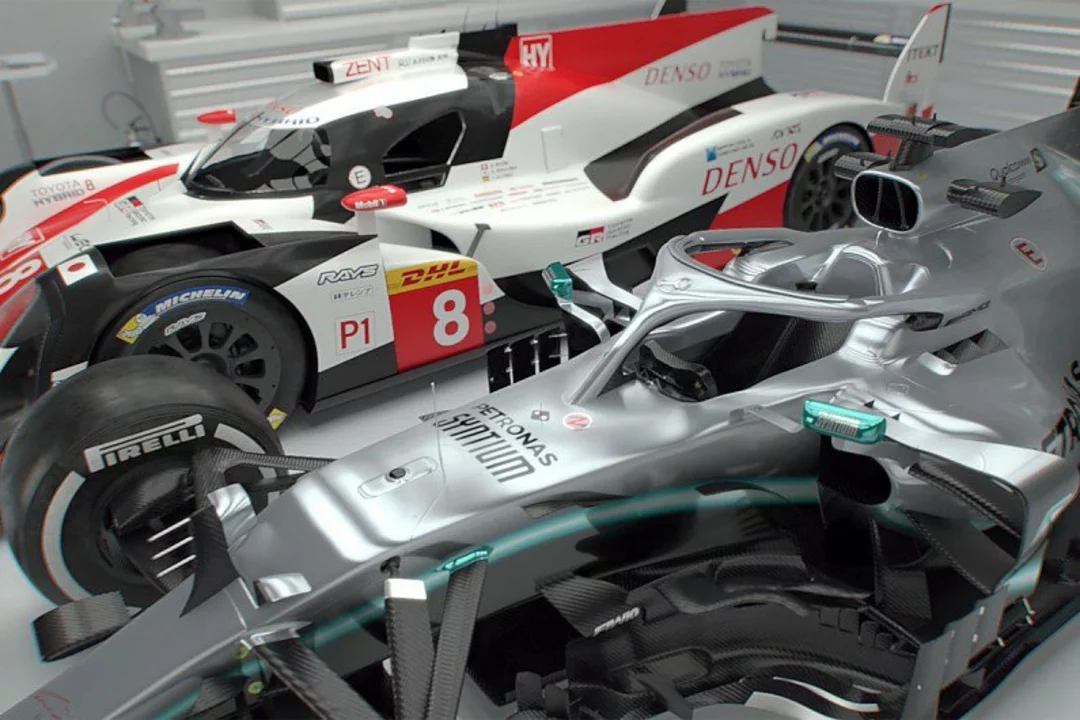LMP1 Car – What Makes These Race Machines So Special?
If you’ve ever watched the 24 Hours of Le Man, you’ve seen the sleek, noisy beasts that dominate the top spot. Those are LMP1 cars – the flagship class of endurance racing. They blend raw power, cutting‑edge hybrid tech, and aerodynamic wizardry to squeeze the most speed out of a 13‑kilometre circuit.
In plain terms, an LMP1 car is a purpose‑built prototype. There’s no road‑legal version, no production limits, and manufacturers can experiment with everything from turbochargers to energy‑recovery systems. The goal is simple: go faster for longer while staying reliable enough to survive a full day of racing.
Key Features of an LMP1 Car
First off, the power unit. Modern LMP1s use a hybrid system that pairs a turbocharged V6 or V8 engine with an electric motor fed by a high‑capacity battery. The electric boost can add up to 400 kW (about 540 hp) for short bursts, letting the car accelerate out of corners like a rocket.
The chassis is a carbon‑fiber monocoque, which keeps weight down and strength up. Add to that a massive rear wing, front splitter, and under‑floor diffuser – all designed to push the car down at high speeds. The result? Downforce that rivals a small aircraft, letting the car corner at over 3 g.
Cooling is another challenge. An LMP1 generates massive heat from both the combustion engine and the electric system, so you’ll see gigantic air intakes and intricate ducting. Every millimetre of airflow is tuned to keep temperatures in the safe zone without adding drag.
Finally, reliability. Endurance races last 6, 12, or 24 hours, so teams use telemetry to monitor every component in real time. A single failure can cost the win, so engineers design parts to be replaceable on the pit lane and run them at the edge of their performance envelope.
How to Follow LMP1 Action
Want to keep up with the latest LMP1 battles? The World Endurance Championship (WEC) schedules races across Europe, Asia, and the Middle East. The flagship event is the 24 Hours of Le Man, streamed live on most sports networks and the official WEC website.
Social media is another goldmine. Teams like Toyota Gazoo Racing, Porsche Motorsport, and Audi Sport post behind‑the‑scenes footage, technical breakdowns, and driver interviews. Follow the hashtags #LMP1 and #WEC to join the conversation.
If you’re keen to see the cars up close, check the schedule for fan zones at major circuits. Many events let you walk the pit lane, meet drivers, and even sit in a replica cockpit. Those experiences make the technology feel a lot less abstract.
For the gear‑head who wants to dig deeper, there are plenty of YouTube channels that dissect LMP1 aerodynamics, hybrid systems, and race strategies. A quick search for “LMP1 tech breakdown” will land you tutorials that explain the engineering in plain language.
In short, an LMP1 car is the pinnacle of racing technology – a hybrid powerhouse wrapped in a carbon‑fiber shell, built to survive the grind of endurance racing while delivering jaw‑dropping speed. Whether you’re watching live, scrolling through a post‑race interview, or studying the technical specs, there’s always something new to learn about these incredible machines.

Is an LMP1 car faster than an IndyCar?
May 5, 2023, Posted by Maverick Leclair
I recently delved into the ongoing debate on whether an LMP1 car is faster than an IndyCar. After some research, I discovered that LMP1 cars are designed for endurance racing, making them fast, but their main focus is on reliability and fuel efficiency. On the other hand, IndyCars are built for speed and quick maneuvers on various track types. While LMP1 cars may have a higher top speed, IndyCars usually perform better in terms of acceleration and cornering. In conclusion, it's difficult to declare a clear winner, as both cars excel in their respective racing formats.
MORE